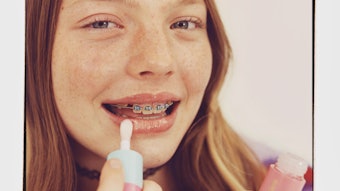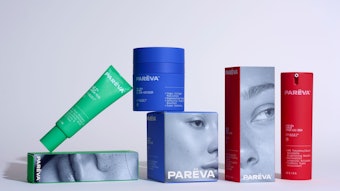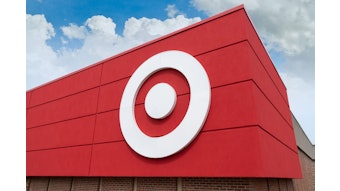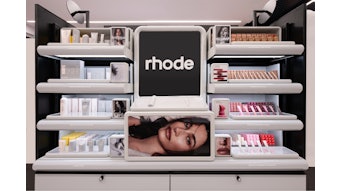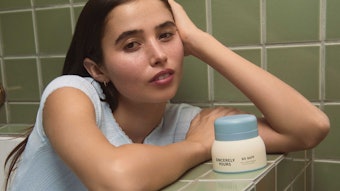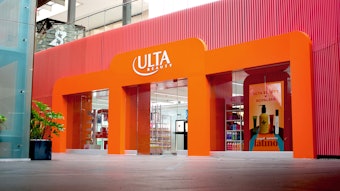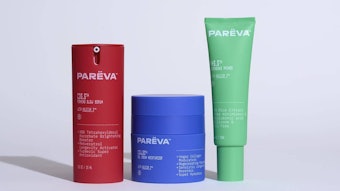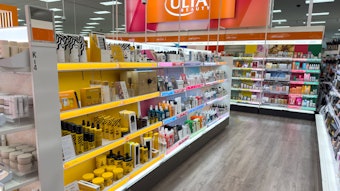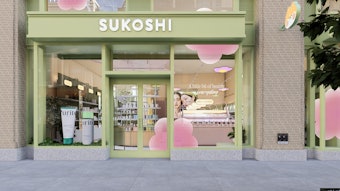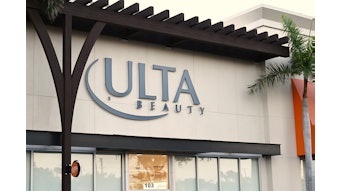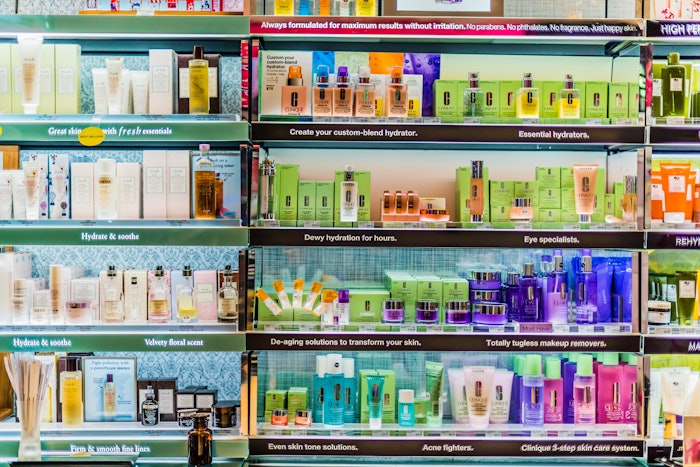
So you’ve created a great product, designed fantastic packaging, found a great distributor and finally signed with that retailer—but your work isn’t done here. It’s just beginning.
Getting a product in-store is a major milestone that I truly want you to celebrate when the time comes—but to remain on the shelves long-term, you must keep tabs on your product’s performance by going to see it on the shelf yourself.
Make a point to check on your items in-store at least once a quarter (since changes can happen on a seasonal basis) in order to get ahead of any marketing, inventory or placement issues.
If adding in-store visits to your already lengthy to-do list sounds overwhelming, don’t panic—it’s impossible to have eyes everywhere.
If you can’t do the audit in person due to location or bandwidth, don’t be afraid to enlist your favorite customers or brand ambassadors to go on your behalf and take photos of your display or products in-store. You can always compensate them via free product or through your loyalty program (if you have one).
Here’s my process for evaluating my client’s products when they’ve finally made it in-store:
1. Find your products in-store and make sure the display looks inviting.
Make sure your products are lined up properly and looking their best—no one is going to pick up a dirty, dusty or disheveled-looking product.
Confirm that your product is well-stocked. Initially, as a brand owner, being out of stock may feel like a positive thing, but retailers will penalize you if you’re out of stock for too long because severe stock outs can drastically affect your sales momentum.
I remember going to three different Sephoras to find Fenty Beauty foundation in my shade. I ultimately gave up because it was sold out everywhere immediately after launch.
Eventually, I returned and got the product I wanted—but this same sold-out scenario can be kryptonite for an emerging brand if the buyer never comes back.
While there are companies you can hire to do this kind of shelf check, they can be very costly for new brands. Doing it yourself (or sending a team member or trusted friend) can be the most cost-effective way to see how your products look in a brick-and-mortar marketplace.
2. Take note of where your products are located on the shelf.
Just like in real estate, location is everything. Your products are occupying a store’s prime real estate, and each SKU must pay rent. Not literally, but you should think about your products this way: Are they each earning their keep in store?
Personal care, hair products and skin care items are typically placed on shelves while most stores have fixtures dedicated to specific color cosmetics brands.
Are your products all on the bottom shelf, or are they in your customer’s line of sight? Placement can affect sales because some customers won’t ever see items on the bottom shelf.
If you have more than one shelf dedicated to your brand, are your bestsellers in the customer’s line of sight?
Product placement decisions vary depending on the retailer; while some retailers make these decisions at a national level, others leave product placement up to each store location.
This is just one more reason why that quarterly check-in on your product is so important. If you find your product in a less-than-ideal spot on the shelf, you can talk to the sales staff directly about potentially moving it.
Or, you can take the location choice up with your buyer directly if it’s happening across all stores. Every brand wants that coveted prime shelf space, so diplomacy with the retail staff is key here.
3. Check to see if there’s natural foot traffic where your products are placed.
Are your products right by the entrance where everyone will see them when they enter? Are your products next to a way bigger brand where you could benefit from the customer base/foot traffic of this brand?
Or are they in an obscure part of the store that no one walks through? All of these factors will impact your visibility and sales.
4. Ask the sales associate about the product and whether they have any customer feedback that they can share.
Don’t be afraid to introduce yourself to the sales associates and see if they’ve used the product themselves. They are responsible for hundreds of brands, and adding a face to your brand name will definitely help you stand out in the crowd.
On the spot, you’ll be able to train them on your products, answer any questions they might have and learn about the bestsellers in your category. All of this information is key because you can make it actionable in real time.
5. Purchase an item so you understand the customer’s journey in-store.
Understanding the full customer journey is key. Therefore, take note of how the items are packaged. Were promotions or sales communicated to the customer? Were there any issues when they scanned the barcode in-store?
Post-audit Next Steps
If you find any issues or problems during your audit, make sure to take photos and call them to the attention of your buyer, who can help you communicate the changes to all the stores. Keep detailed notes so you can confirm changes and improvements on your next quarterly audit.
As a brand founder, doing your own retail store audit allows you to see your product through a potential buyer’s eyes. It can also help you build relationships with the sales staff, who interact with buyers daily and can provide amazing sources of real-time intel and feedback.
I encourage my clients to embrace the retail store audit as a hands-on learning experience and an opportunity to build key connections—as well as a chance to pick up that Fenty perfume if it’s back in stock.
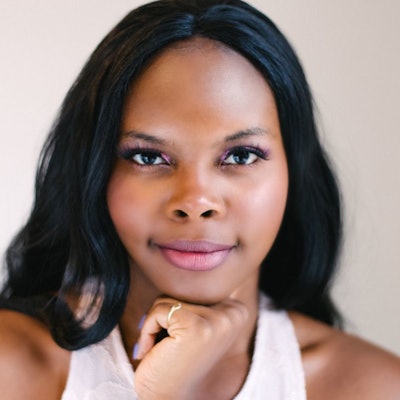 Josanta Gray Emegano
Josanta Gray Emegano
Josanta Gray Emegano is the founder and CEO of Grayscaled Media, a boutique brand management firm that helps indie fashion and beauty brands launch with major retailers and collaborators and scale successfully. Known as “the Olivia Pope of beauty,” Emegano has secured distribution for her clients with major retailers such as Ulta, Sephora, Urban Outfitters, Target, QVC and HSN.


